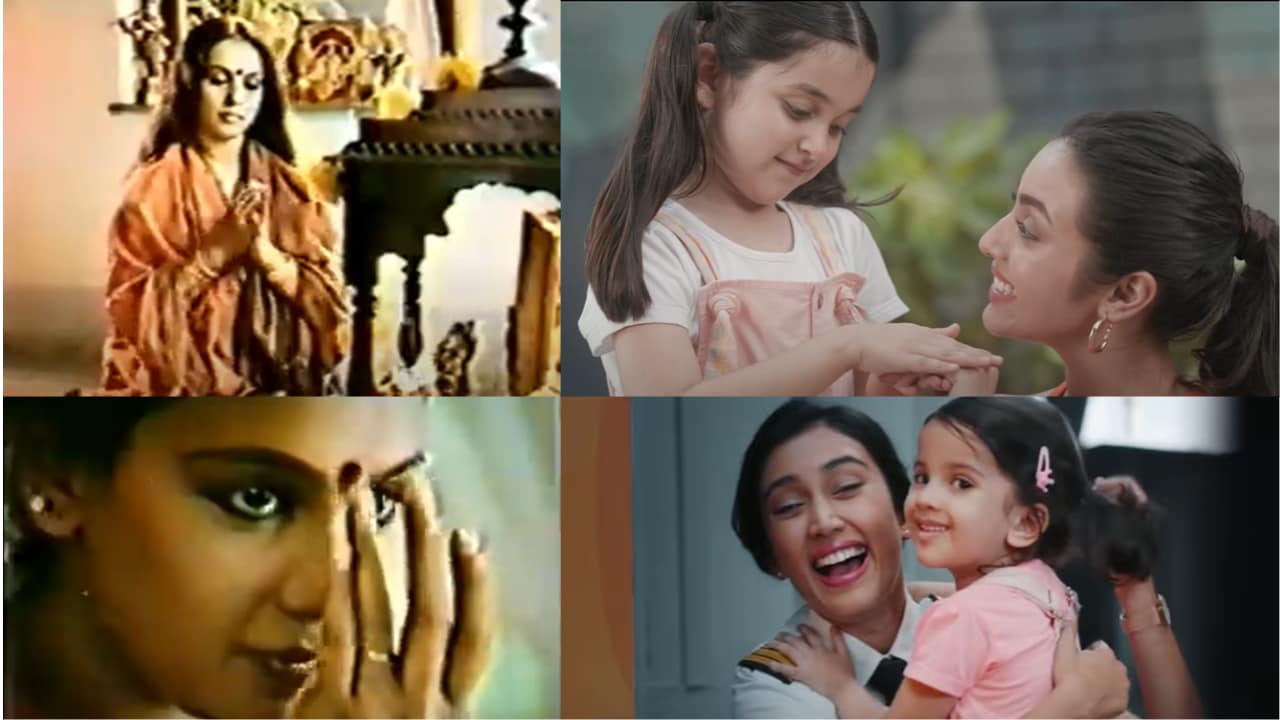Wipro Consumer Care and Lighting first introduced its flagship soap brand Santoor in 1985. Thirty-seven years later, the classic sandalwood and turmeric soap, Santoor Orange, makes a comeback, with an upgrade in terms of its packaging, fragrance and how better it can moisturise the skin to suit the needs of the younger generation.
What appears striking in Santoor Orange’s ‘Young Soch’ campaign is that the FMCG company has retained the angle of ‘Mummy’, indicating the varied roles women can play, and the limitless dreams they can harbour along with donning the hat of a mother.
Storyboard18 got in touch with S Prasanna Rai, vice-president, marketing, Wipro Consumer Care and Lighting, where he sheds light on the reasons for the product’s relaunch, the consumer insights they garnered and the apprehensions they had, if any.
Edited excerpts:
What were the key reasons to relaunch the classic brand Santoor?
For the last 30 years, Santoor has been built on the unique positioning of younger-looking skin, and we have been consistent with this. The approach has been to present the Santoor protagonist, whom we call ‘Santoor Mom’, in a way that is relevant to the present contemporary woman of the country, depending upon what her aspirations are.
When we started off, we presented women as a typical home-bound housewife, and today, we are talking about our new approach to advertising which is ‘Look young and think young.’
Every three years, we do consumer research to understand the aspirations of contemporary women, and what the changes happening in the society are that we can incorporate in our communication strategies. One of the things that we witnessed is that for women across different strata, irrespective of the outward appearance, there was a requirement to have a thought which embraced changing times. If you are a 35-year-old, and your thought process resonates with that of a 20-year-old, it is likely to be appreciated.
We have not gone away from the positioning of younger-looking skin, which is why the Mummy angle is still there. But we brought in the thought of ‘Kyun nahi’, which questions stereotypes. This positioning has helped us grow and gain market share in this category, which is highly penetrative.

What were the consumer insights that led to the rebranding?
There has been a confusion in the marketing fraternity whether we are overdoing the ‘Mummy’ moment. My response is, on a universal level, if you consider any consumer irrespective of age group, they feel good when they are appreciated pertaining to how they look. This amazing insight was picked up by someone two decades back for Santoor. As a brand, we are benefiting from this insight because it is extremely powerful, which has further helped in building the brand.
Who really is Santoor’s consumer today? Where is the demand coming from? How do you plan to stay relevant?
Our core target audience is the mass consumer of India. Sixty percent to 65 percent of Santoor’s sales comes from rural markets. We are pleased to state that Santoor on a national level stands at the second position. And, we rank number one in many states like Andhra Pradesh, Telangana, Karnataka, Maharashtra and Gujarat. We are also trying to penetrate other states too.
What we have picked up from mass consumers is, their expectations are that soaps should moisturise. When we relaunched the product, we added a natural moisturising agent. There is 36 percent improvement in terms of moisturising the skin compared to our older formulations. That is the kind of change we brought in the product.
Today is the age of digital. Were there any apprehensions, and were there any challenges while relaunching the classic product?
For any brand, especially in the FMCG sector, it is necessary to be refreshed in the consumer’s mind, be it in terms of advertising or in terms of relaunching a product. Santoor has been following this approach since soaps belong to a repeat purchase kind of a category.
Every two to three years, there is a refresh in terms of the product, its fragrance and in terms of communication, where we bring in a new aspect which reflects the modern woman.
The reintroduction of Santoor’s classic brand evokes a sense of nostalgia. Do you think nostalgia marketing is a big factor in strengthening Santoor’s market share?
According to me, nostalgia marketing is all about those brands which have recreated their vintage or decade-old commercials to present to a fresh set of audience. In our case, we have been very consistent with our positioning and with the storytelling we follow.
How relevant is nostalgia marketing in today’s times?
Last year, Cadbury recreated the 1994 iconic cricket ad. CRED included elements of nostalgia in its communication strategies. I would see them as examples of nostalgia marketing. In my opinion, such kind of commercials work if it adds relevance to the audience they are targeting.
For example, if a brand is targeting people in the age group of early 20s, and if they recreate a two-decade-old ad, I am not sure that this will work. This is because the audience they are targeting would have not been around during that period. Whereas, if a brand’s target group comprises people from the age group of mid-30s, and who are likely to have been around in that period, then nostalgia marketing might work.
In Santoor’s case, we do not believe in tapping into nostalgia but maintaining consistency in advertising.
Today, Gen Z has a wide range of options when it comes to personal care products. How do you plan to grab their interest?
If I consider the mass population we are targeting through Santoor, the soap category is considered very important for skin care. We are looking at bringing in some international brands to cater to that via the D2C route and make it big in India. But it is in its initial stage of development.
What is the rural demand like? What do they want? How different are their usage patterns from those of the urban market?
There is a lot of sensitivity to the economic situation in rural areas where, if their disposable income comes down, it shows an immediate effect on our brand volumes. When there is an economic strain, people prefer smaller product packs because the transaction cost is relatively less. This affects the overall volume of the soap category and of the brand.
What’s the challenge ahead for the brand and how do you plan to decode it?
Santoor is the number one brand in a few states. Our objective is to make Santoor the number one brand all over India, and to expand the reach in other states. We aspire to continue gaining market share in our core markets. For example, in Andhra Pradesh and Telangana, Santoor’s market share is 36 percent to 40 percent. Now, what is challenging here is how to further grow the share. This is because people have different expectations from Santoor, and how we cater to those expectations and their needs is the biggest challenge.
As a marketer, what are the lessons you picked up while working for an iconic brand like Santoor?
I hear a lot of people say that we are coming up with the same commercials and we have not brought in any changes. But, as a marketer, I have to take an assessment and question myself, “Do I need to change the insight or the positioning of the brand?” If the insight is very powerful, and is still relevant in today’s world which helps Santoor in gaining market share, I should stick to the core proposition rather than bring in a change.
